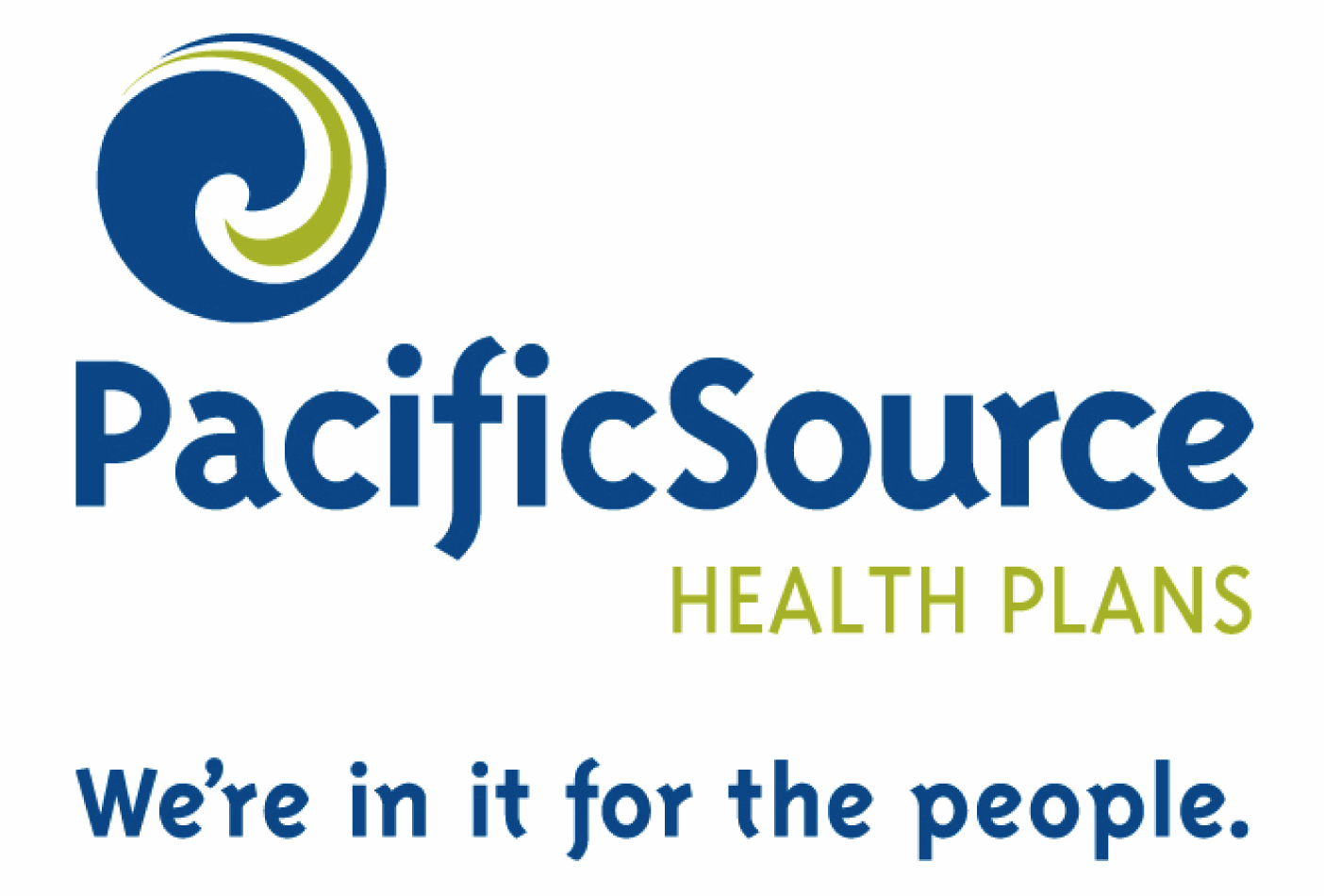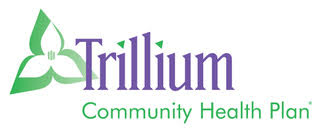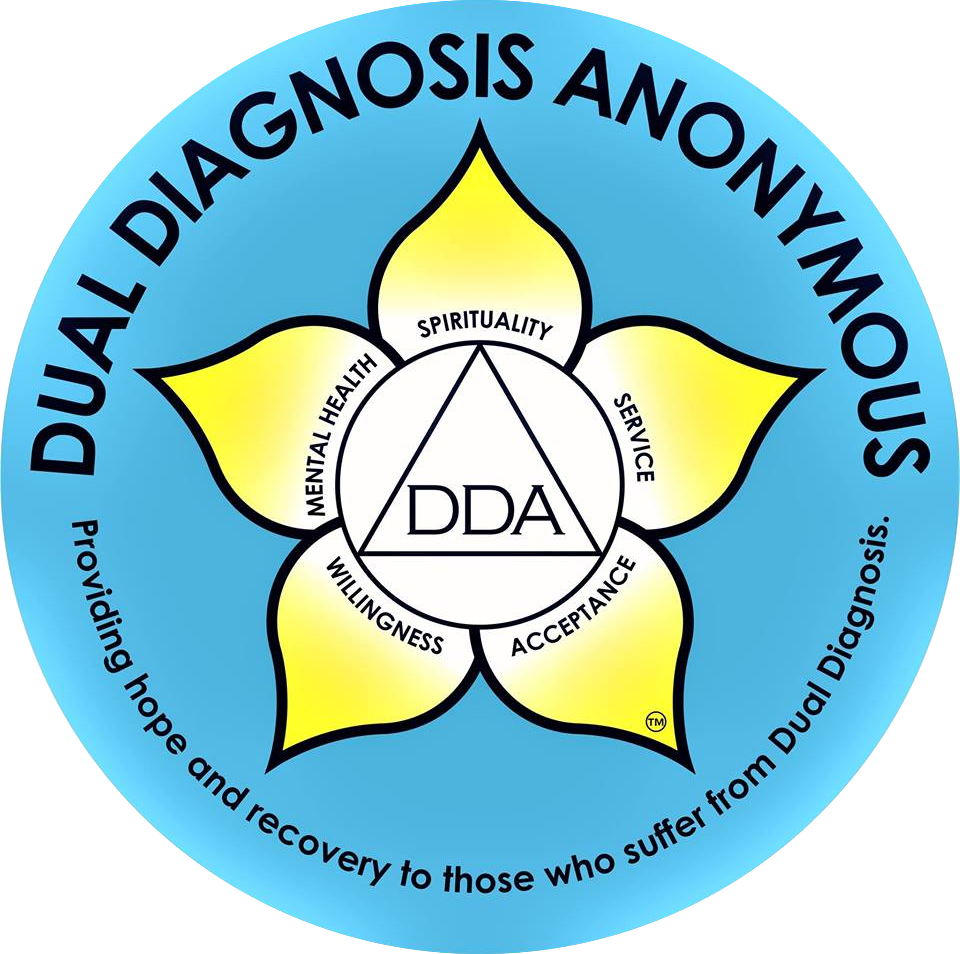Adult obesity rates increased in 16 states in the past year and did not decline in any state, according to F as in Fat: How Obesity Threatens America‘s Future 2011 (PDF), a report from the Trust for America’s Health (TFAH) and the Robert Wood Johnson Foundation (RWJF). Twelve states now have obesity rates above 30 percent. Four years ago, only one state was above 30 percent. Oregon is better than average, ranking 35th, with a 25.4% obesity rate. Our rate was 13.6% in 1995. The report begins:
Obesity is one of the most challenging health crises the country has ever faced. Two-thirds of adults and nearly one-third of children and teens are currently obese or overweight, putting them at increased risk for more than 20 major diseases, including type 2 diabetes and heart disease. It’s not just our health that is suffering: obesity-related medical costs and a less productive workforce are hampering America’s ability to compete in the global economy.
This year, for the first time, the report examined how the obesity epidemic has grown over the past two decades. Twenty years ago, no state had an obesity rate above 15 percent. Today, more than two out of three states, 38 total, have obesity rates over 25 percent, and just one has a rate lower than 20 percent. Since 1995, when data was available for every state, obesity rates have doubled in seven states and increased by at least 90 percent in 10 others. Obesity rates have grown fastest in Oklahoma, Alabama, and Tennessee, and slowest in Washington, D.C., Colorado, and Connecticut.
“Today, the state with the lowest obesity rate would have had the highest rate in 1995,” said Jeff Levi, Ph.D., executive director of TFAH. “There was a clear tipping point in our national weight gain over the last twenty years, and we can’t afford to ignore the impact obesity has on our health and corresponding health care spending.”
Obesity has long been associated with other severe health problems, including diabetes and high blood pressure. New data in the report show how rates of both also have risen dramatically over the last two decades. Since 1995, diabetes rates have doubled in eight states. Then, only four states had diabetes rates above 6 percent. Now, 43 states have diabetes rates over 7 percent, and 32 have rates above 8 percent. Twenty years ago, 37 states had hypertension rates over 20 percent. Now, every state is over 20 percent, with nine over 30 percent.
Racial and ethnic minority adults, and those with less education or who make less money, continue to have the highest overall obesity rates:
- Adult obesity rates for Blacks topped 40 percent in 15 states, 35 percent in 35 states, and 30 percent in 42 states and D.C.
- Rates of adult obesity among Latinos were above 35 percent in four states (Mississippi, North Dakota, South Carolina, and Texas) and at least 30 percent in 23 states.
- Meanwhile, rates of adult obesity for Whites topped 30 percent in just four states (Kentucky, Mississippi, Tennessee, and West Virginia) and no state had a rate higher than 32.1 percent.
- Nearly 33 percent of adults who did not graduate high school are obese, compared with 21.5 percent of those who graduated from college or technical college.
You can view or download the full report (PDF).
You can also calculate your personal body mass index.










Recent Comments